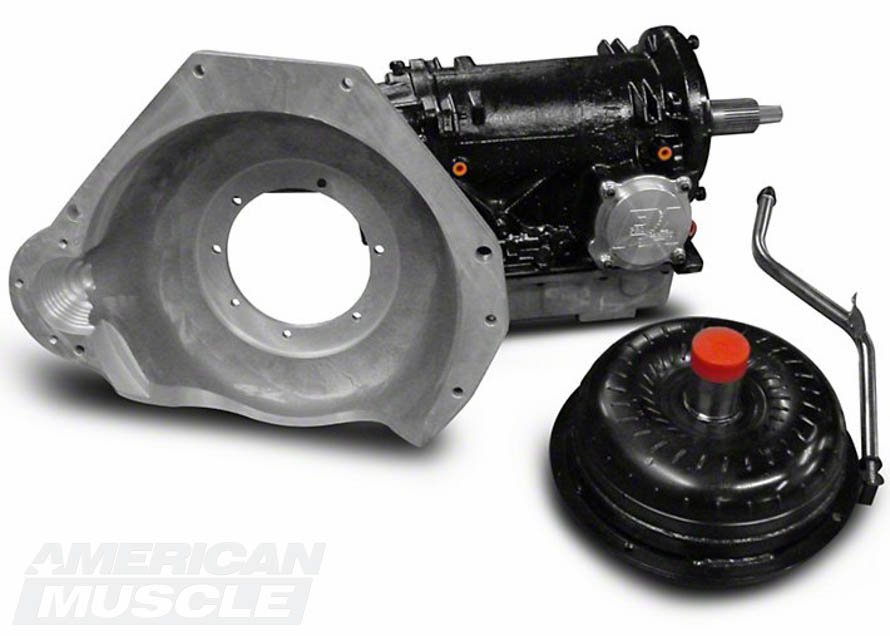In the world of Muscle cars, automatic transmissions get ragged on pretty hard. They may not come off as “manly” as manual transmissions may, but they are amazing pieces of equipment. Though, not every automatic transmission found in the generations of Mustangs throughout the years is the same. There are some big differences to understand and different modifications to be made. Identifying the transmission in your Mustang is always a good idea - it helps you understand defining characteristics of the car itself. Even for street use cars that will never be modified it’s always wise to know as much about your Mustang as possible.
Table of Contents
- Mustang Factory Automatic Transmissions
- Factory Mustang Automatic Transmission Gear Ratios
- What is an Automatic Transmission’s Overdrive?
- Automatic Transmission Upgrades
- What is an Automatic Transmission Flexplate?
- Why Upgrade a Torque Converter?
- Turning Your Automatic into a Manual with a Shift Kit
- Benefits of Aftermarket Shifters
Shop Mustang Trans Parts
Driving a high-powered vehicle like the Mustang needs a trustworthy transmission system, and it helps to have that little extra when transitioning between gears. An automatic transmission setup has its merits that a manual transmission cannot provide, such as powered shifts. We have a wide range of parts to upgrade your vehicle, so check it out.
